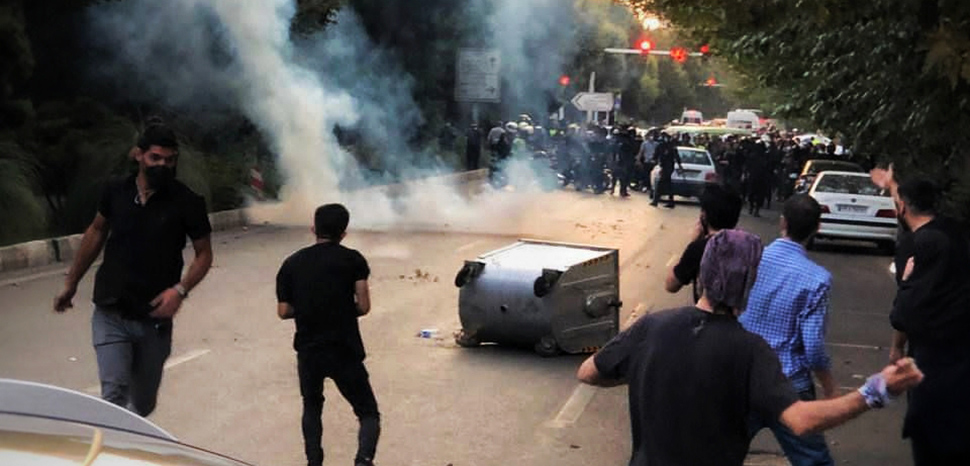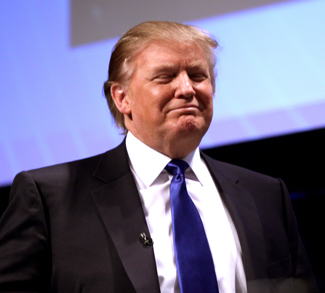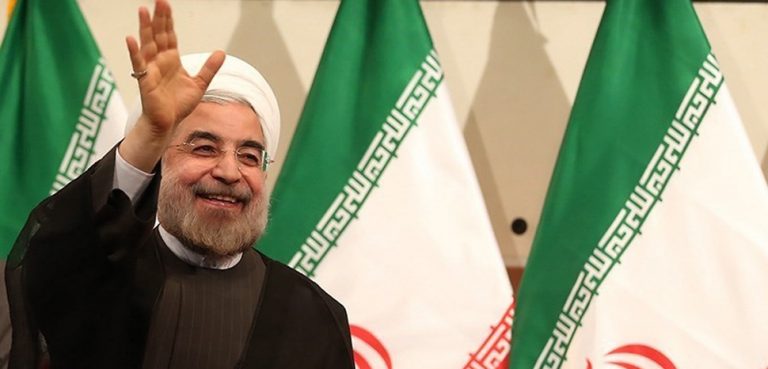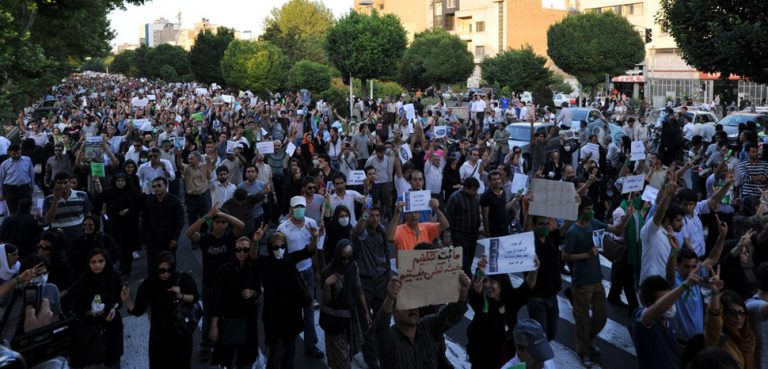Since the Islamic Revolution of 1979, Iranians have been forced to live under a brutal theocracy, enforced by the strictest interpretation of Sharia laws. A once secular nation filled with various ethnic groups thus turned into a dogmatic society, one where the mullahs and Supreme Leader have ultimate authority in the everyday way of life of each citizen.
Iranian women have taken the brunt under the regime, often forced to conform to unjust purity laws, risking harsh punishment if they don’t comply. The recent murder of Masha Amini appears to be a turning point, however, as the citizens are taking to the streets in a fury unlike previous protest movements against the regime. This time, the theocracy has lost the trust of its citizens; and the realization that it cannot arrest or execute all 84 million citizens of Iran seems to finally be setting in.
It’s no surprise that women have taken the lead in the protests, as the women’s rights situation in the country remains dire. Eight thousand honor killings are believed to have taken place from 2010 to 2014; all male perpetrators are let out with a mild reprimand by the mullahs as they view women as “male property.” In Iran under the Khomeinists, the legal age of marriage is thirteen, but cases have been reported of much younger girls being forced into marriage. Child marriages have correlated with the rising suicide rate in the country as young girls and adolescents have little way out from their abusers, who are backed by state policies. As of this year, Iran ranks 143 out of 146 in the Global Gender Gap Report.
The recent wave of protests concerns a Kurdish woman, Masha Amini, who was apprehended and later died under detention by the Iranian ‘morality police.’ Amini’s body bore signs of violence and torture: bruises on her arms and legs, and a probably head fracture. Her supposed crime was to appear out in public without a headscarf, or with her arms and legs not covered up.
The protests have taken a deadly turn as the regime turns to deadly force to quell the movement. Dozens of protestors have been killed. Thousands have been wounded, with an undisclosed number of protestors arrested, many of which risk abuse and torture in confinement. These numbers are expected to grow with each passing day, with the heaviest fighting taking place in the Kurdistan regions of Iran – where the uprisings started.
Hotbeds of regime support, such as Qom and Mashhad, have also seen the heavy protests. Throughout the country, women are taking off their hajibs and cutting their hair in front of security forces. As of September 23, protests and clashes have taken place in 139 cities and 31 provinces in Iran.
The modern legacy of Iran’s ‘cultural revolution’
The September 2022 protests are the latest manifestation of 43 years of rage toward a revolution that promised to progress the country from the shah, but instead sent the country backward several hundred years. The first sign of things to come was Khomeini’s hajib laws of 1979, which tens of thousands of Iranian women protested. Yet at the time, the mullahs could not push for stricter Islamic laws, as progressives and revolutionaries remained in the country.
This would soon change upon the launch of Iran’s ‘cultural revolution’ by Ayatollah Khomeini and his religious council, which sought to purge all Western and non-Islamic educational and cultural influences from Iranian society. All non-state media was banned, and all other mediums came under control of the state. Fatwas of execution were issued against all progressives and leftists—many of whom actually took part in helping put Khomeini in power. The title ‘Supreme Leader’ now became solidified as Khomeini and his hardliners took undisputed control over Iran.
For several decades following the cultural revolution, the mullahs solidified their power over the country, deputizing religious police and giving freedom to the Basij to execute orders against civilians, especially women who did not adhere to the doctrine. Nonetheless, despite lack of freedom of media and education, Iran’s youth has grown more progressive over time, setting the stage for the various protests of the previous decade.
The 2011-2012 wave of protests started with a ‘day of rage’ over election corruption and poor human rights; but these were firmly put down by the regime. The 2017-2021 wave stemmed primarily from a mix of factors: corruption, rising inflation, the growing authoritarianism of Ayatollah Khamenei, and unjust personal morality laws. These protests drew the most brutal response through to present day; moreover, Tehran shut down social media during the crackdowns, effectively cutting off the primary way through which political movements were organizing and spreading news about the regime. 1,500 Iranian civilians lost their lives across the country and though regime hardliners eventually put down the protests, they did not kill the political and economic factors that continue to bubble under the surface in Iranian society.
Regime emboldened amid unrest
The Islamic Republic has also felt relatively secure amid State Department policies attempting to keep the Iranian Nuclear Deal, also known as JCPOA, intact. As the world has focused on stopping Russian aggression in Europe, Tehran has pushed the limits of what the West is willing to accept, such as switching off IAEA cameras, hiring mercenaries through the IRGC to target dissidents internationally, and plotting the murder of Israelis in Turkey.
President Ebrahim Raisi – the so-called “butcher of Tehran” – has a reputation that strikes fear and rage into Iranian activists. He once served on the religious prosecution committee, nicknamed the “death committee,” due to its lack of due process for cases. Raisi was one of four religious authorities who oversaw the execution of thousands when Khomeini solidified his rule during the cultural revolution and Iran-Iraq War. Under his watch, leftists, separatists, LGBTQ, dissidents, and educators following a pro-Western curriculum were either publicly hung or shot. The hardline president has not backed down from these principles that gave him power, and this is precisely one of the reasons why the situation in the country is spiraling out of control.
Looking ahead
While Iranians continue to resist the regime, many have noted that this is not a foreign-instigated intervention nor are they asking for any type of military intervention from the West. Various Iranian activists are asking for Khamenei’s government to be isolated and sanctioned. Such pressure could produce real effects, especially as Iran’s primary allies in Syria and Russia are currently enveloped in blowback from their own geopolitical miscalculations.
Though the odds of a revolutionary triumph remain small, they are not zero. A growing progressive population fed up with corruption, hardline rule, and periodic crackdowns cannot be fully discounted, as the Romanian Revolution of 1989 reminds us. If an unlikely success is in the cards, it could be because these protests – unlike previous examples – are managing to bring together a diverse coalition of ethnic groups striving for a common cause: Christians, Shiite Muslims, Sunni Muslims, Kurds, Jews, Azeris, Armenians, and Assyrians to name some of them.
The views expressed in this article belong to the authors alone and do not necessarily reflect those of Geopoliticalmonitor.com




